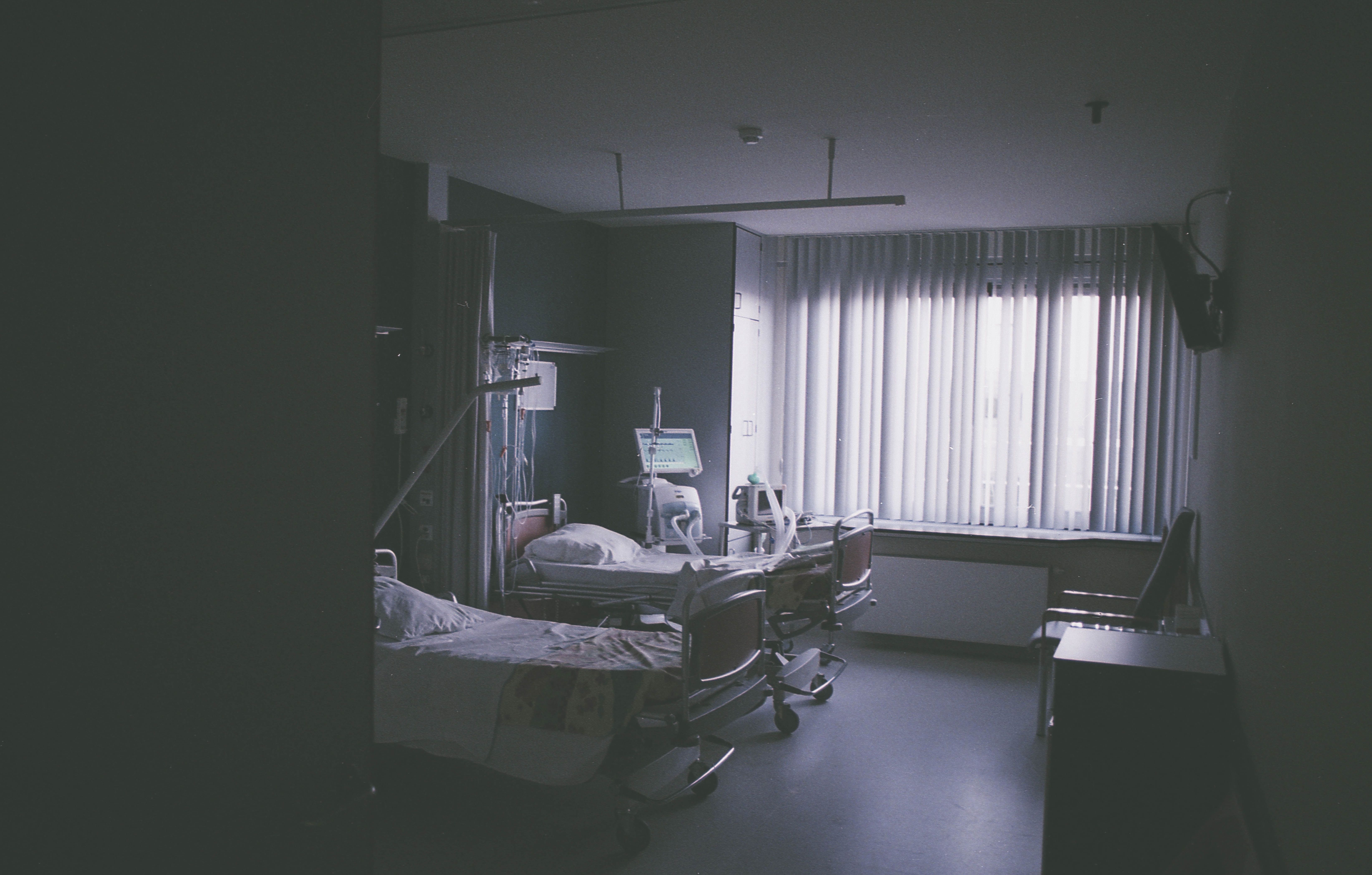C difficile Sequencing Finds Complex Transmission Routes
The single-center study suggested shoes are a common transmission route, but also hinted at a diverse web of transmission involving humans, animals, and the environment.

A new genomic analysis of Clostridioides difficile (C diff)in a single hospital suggests C difficile infection (CDI) is the result of complicated interactions and is more appropriately thought of as a hospital-associated infection, rather than a hospital-acquired infection.
CDI is a major public health problem, and hospitals around the world have responded with a host of mitigation efforts aimed at reducing the risk of infection among hospitalized patients. Yet, there is significant evidence suggesting infection-causing C. difficile often originates from animals or the environment and is imported into the hospital, noted corresponding author Thomas V. Riley, PhD, of Queen Elizabeth II Medical Center, in Australia, and colleagues.
Riley and his co-authors decided to investigate C. difficile within a single Western Australian hospital to better understand its sources. They used whole-genome sequencing on C. difficile samples found on shoes and on the floor of the hospital to identify links between strains and sources, as well as infections and strains. Their findings were reported in the Journal of Applied Microbiology.
The research took place in 2019. Investigators used Polywipe sponges to collect samples from 300 sections of hospital flooring and from the complete soles of shoes worn by staff (210 samples), patients (22 samples), and visitors (68 samples). On both surfaces, C difficile was identified in about 30% of samples (29.7%) of floor samples and 32.0% of shoe sole samples.
Analysis of the samples, however, showed a dichotomy between the type of C difficile that was most prevalent in the environment and the type that was most common in infections. The vast majority of floor samples (96.6%) and most shoe sole samples (73.2%) were found to be non-toxigenic C. difficile ribotype (RT) 010, while the most common type of C difficile among patients with clinical CDI was toxigenic RT 014/020 (33.0% of contemporaneous cases).
The authors completed whole-genome sequencing and high-resolution core genome single nucleotide polymorphism (cgSNP) analysis in search of genetic relationships between strains. However, the analysis suggested there was no patient-to-patient transmission, and no transmission from shoe samples to patients. Further analysis showed C difficile took complicated paths into the hospital, with multi-directional spread of C difficile strains between humans, animals, and the environment.
Riley and colleagues said their finding that shoe soles were an important importation route for C difficile is consistent with earlier research, but they were surprised to find no links between shoe-sole samples and clinical cases, and also by the fact that none of the strains sequenced from human cases were clonal.
“This shows that C difficile RT 014/020, the most common cause of human CDI in Australia, is unlikely to have been acquired from another symptomatic patient—a finding that challenges the longstanding paradigm that CDI is a hospital-acquired infection,” they said, while adding that the conclusion is limited by the small number of strains included in the study.
Riley and colleagues concluded that their findings affirm the complexity of C difficile transmission, and the idea that CDI prevention is a project that must be undertaken both inside and outside of the hospital.
“These findings highlight the importance of starting a conversation with stakeholders about developing a set of community-based infection prevention and control strategies which, over time, could reduce the level of C difficile contamination in the community,” they wrote.
They said possible strategies to reduce environmental C difficile include wastewater treatment practices to remove bacterial spores, composting of animal manure, and developing a C difficile vaccine for production animals.
